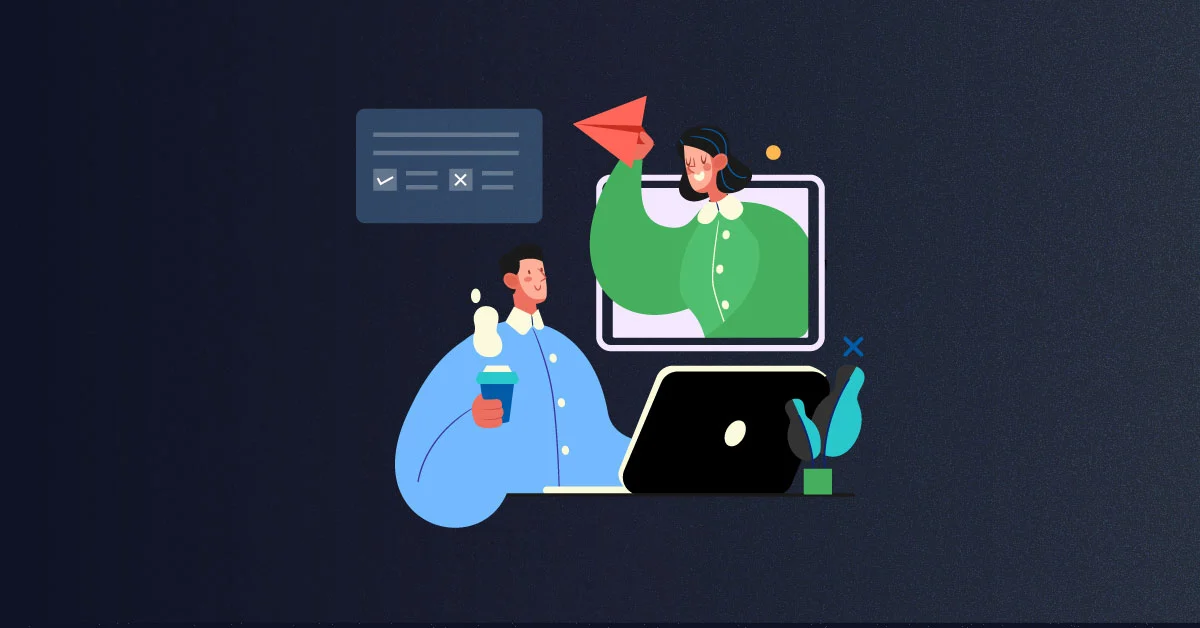Healthcare is a constantly evolving and advancing field, and it is crucial for healthcare professionals to keep up with the latest knowledge and techniques to provide the best possible care to their patients. With the help of technology, various tools and resources are available to support and enhance the learning and development of healthcare employees. Due to the pandemic’s global impact and the need for adaptation, the field of digital health has flourished, which involves utilizing technology to deliver remote healthcare, improve patient-doctor relationships, and more.
As a result, healthcare training is also evolving innovatively to meet the needs of emerging healthcare providers, thanks to technology. Data Bridge Market Research forecasts that the healthcare education solutions market will experience a significant increase, reaching a value of USD 14870.44 Million by 2029.
There are multiple reasons why training healthcare employees is essential,
- An efficient training program enhances employees’ existing skills and identifies areas where improvement is needed, allowing them to be addressed effectively. As a result, healthcare employees become more self-sufficient in performing their duties and less reliant on their more experienced colleagues for specific tasks. This boosts their confidence, improves overall performance, and fosters collaboration and creativity, which can lead to innovative ideas in the workplace.
- Incorporating personal and patient safety practices into training helps to establish a standard and promote adherence to healthcare policies among healthcare staff. This ensures consistency and awareness of healthcare rules and industry updates throughout the healthcare sector.
- Providing employee training can help increase job satisfaction by promoting collaboration and cooperation among team members. This fosters a sense of appreciation for everyone’s contributions and helps individuals feel valued.
Beyond Traditional Training: Emerging Trends in Healthcare Employee Training
1) eLearning Platforms are becoming increasingly popular for healthcare employees’ training. These platforms offer on-demand online courses and training modules accessible to employees at any time and from any location. The courses are typically interactive and feature videos, quizzes, and simulations to enhance engagement and learning. eLearning platforms are also cost-effective since they eliminate the need for in-person training sessions, travel, infrastructure, and other related expenses.
2) Virtual Reality (VR) can simulate various scenarios healthcare employees may encounter, such as emergencies or complicated procedures. Using VR, employees can practice their skills in a safe and controlled environment without harming patients. VR can also provide employees with more realistic, immersive training experiences to enhance their learning.
3) Augmented Reality (AR) enables the projection of digital information onto physical objects, resulting in a highly interactive and engaging learning experience. For example, AR can provide employees with step-by-step instructions on performing medical procedures or show them the human body’s internal workings.
4) Mobile Apps are also becoming popular for healthcare employee training. Mobile apps can provide employees with access to training modules, reference materials, and other resources on their mobile devices. This makes learning more convenient and accessible, especially for employees who work in remote or rural areas.
5) Gamification employs game mechanics and elements to enhance the appeal and fun of learning. Healthcare organizations are increasingly using gamification to train their employees. Healthcare organizations can utilize gamification elements like points, badges, and leaderboards to encourage their staff to acquire and excel in new skills. The report by Research Dive predicts that the global healthcare gamification market will experience remarkable growth, with an expected CAGR of 11.0%, resulting in a revenue of $9,040.90 million by 2031.
6) Blended Learning can complement traditional in-person training with online learning to provide learners greater flexibility and improved reinforcement. Blended learning programs incorporate in-person training and discussions with self-paced online courses and microlearning. This approach combines instructor-led and self-paced training, providing learners with the benefits of social learning and enhancing knowledge retention by making the content more interactive and engaging.
7) Microlearning solutions are easily accessible, bite-sized solutions that can be accessed via smartphones. These solutions can be a powerful tool for empowering healthcare employees without inundating them with excessive information. Healthcare employees can enhance their communication, technical, and soft skills by utilizing short animations, micro scenarios, and live-action videos that illustrate effective patient interaction methods. This type of training can result in more positive patient experiences and feedback while reducing healthcare employees’ time away from patient care.
5 Best Practices for Developing Successful Healthcare Training Solutions
1. Consider Individual Learning Styles
People have different ways of learning. Some people learn better through verbal communication, while others learn better through visual aids or a combination of both. To identify individual learning styles, a simple survey can be conducted, and if necessary, observation of employees’ responses to different training methods can help determine their preferred learning style.
2. Take Note of Workforce Responsibilities
It’s important to schedule training sessions in a way that doesn’t interfere with healthcare employees’ responsibilities, especially those who are in critical roles. Training sessions should be scheduled during off-peak hours or between tasks to avoid negative impacts on productivity, staffing, and overall quality of patient care.
3. Implement a Customized Training Program
Tailoring training programs to cater to a company’s unique requirements is essential. In developing such programs, it is advisable to involve healthcare professionals with firsthand knowledge of areas requiring more attention. Existing training modules are often too broad in scope and fail to address specific concerns. Using pre-existing modules that can be modified to include concepts relevant to the healthcare organization’s needs.
4. Integrate Interactivity
As attention span tends to dwindle over time, limiting prolonged training sessions and making them more engaging by incorporating interactive elements is advisable. To enhance the training experience, group exercises, games, role-playing, brainstorming, demonstrations, and other collaborative methods should be utilized during the session.
5. Assess the Efficiency of the Program
It is crucial to implement a mechanism to evaluate the efficacy of the training program. If the training fails to enhance employees’ skills or competence, it would be a squandering of the healthcare’s resources and staff’s time and a misuse of the healthcare organization’s training investment.
Conclusion
Providing high-quality patient care and ensuring the safety of both patients and healthcare employees require adequate healthcare training. The evolution of technology has made healthcare training more innovative, accessible, and cost-effective. Emerging trends, such as eLearning platforms, mobile apps, virtual and augmented reality, and gamification, are being leveraged to augment healthcare training.
To ensure effective training, healthcare organizations should consider individual learning styles, schedule training sessions without interfering with employees’ responsibilities, implement a customized training program, integrate interactivity, and assess the program’s efficiency.
Would you like to develop a training program for your healthcare organization? Contact our team of eLearning specialists today or send an email to info@infoprolearning.com.




